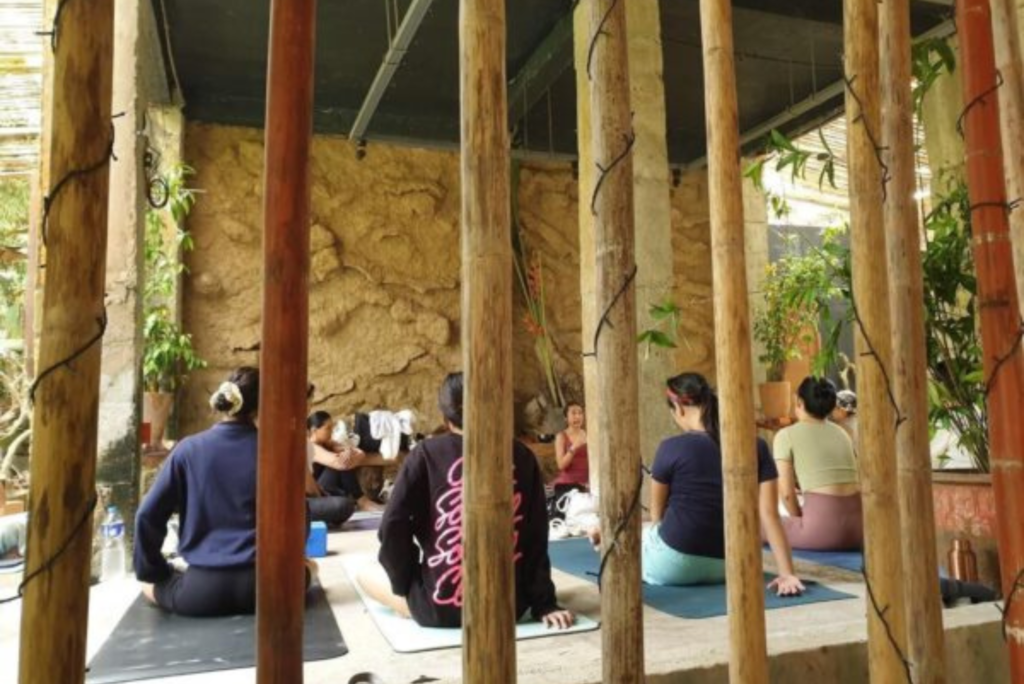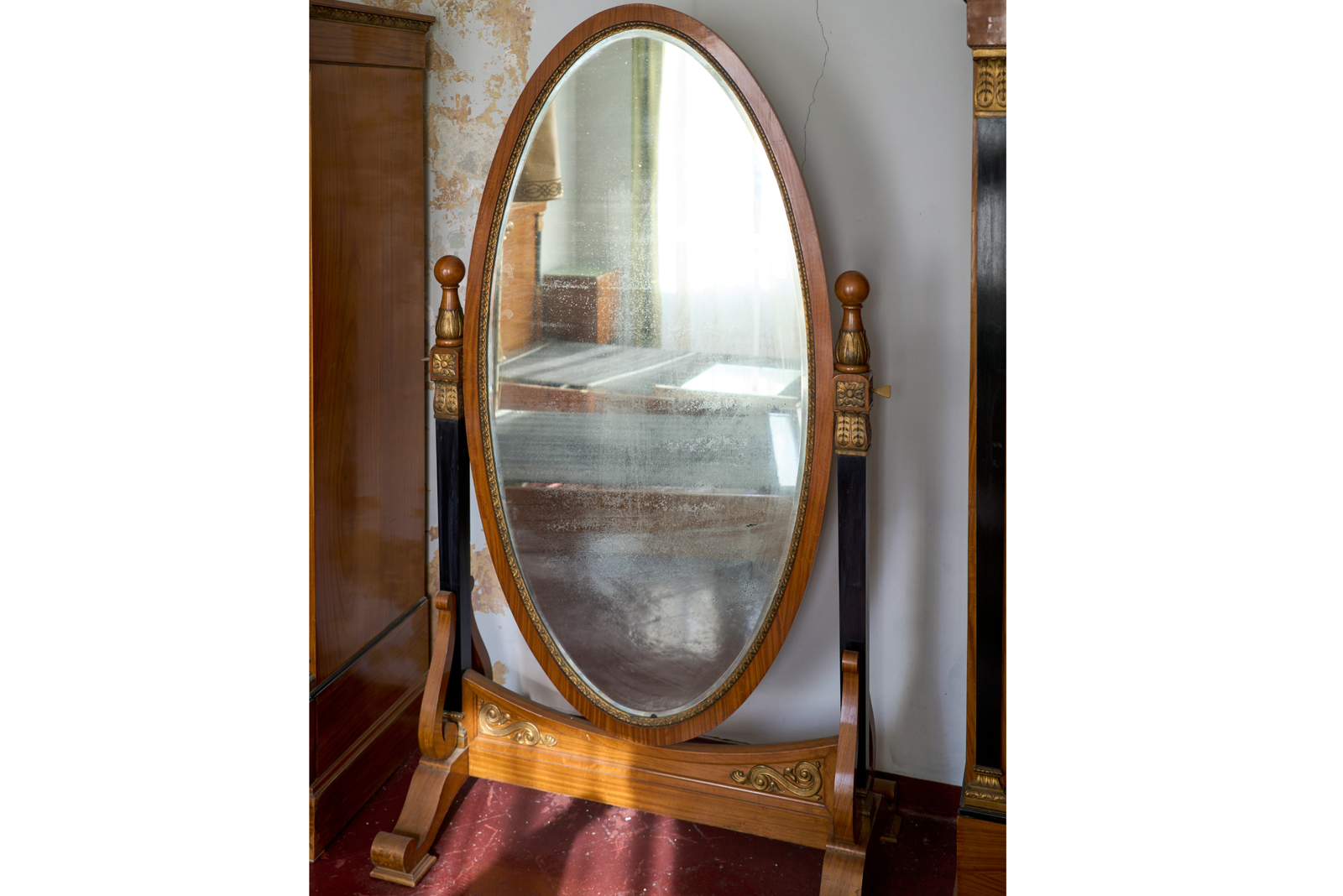- Country of Origin: The Philippines

He hears them. They speak to him constantly. No, not in his head. The voices speak to him in the breeze, the creeks, the leaves, the rocks, the soil, and everything all around him. Sometimes, they speak to him through the eyes of the elders of the community. These are voices that never stop for him.
Once, they were but unintelligible whispers. They were as unobtrusive as the rustle of leaves. Now they are clear. Their message is clear.
They told him to start the Maka Forest Villa.
This journey began for architect Ronnie Yumang one fateful November in 2013. No one was expecting it. Typhoon Haiyan, a once-in-a-lifetime super typhoon, ravaged the Philippines. Haiyan had claimed 6300 lives and left thousands more homeless. Entire cities were leveled. It was the costliest typhoon in the country’s history. More than PHP 122 billion (US$2.2 billion) in damage was recorded.
Architect Ronnie, like many Filipinos, was horrified by the aftermath of the typhoon. The damage to infrastructure was catastrophic. And it was around that time when he heard the quiet voice. “Why was this so devastating for an advanced, urbanized section of the country yet, in Batanes, a tiny island in the topmost northern section of the country, where people lived in far less sophisticated homes and are constantly hit by the worst typhoons, you never hear of this? Destruction was always reserved for the most modern of cities,” the voice asked him and observed.
The voices explained that the typhoons never stopped passing through the islands of the Philippines. The voices had seen them ever since they first settled the islands. It was just part of the nature of the Philippines. At that point, architect Ronnie realized that our ancestors had been building based on the natural environmental conditions that surrounded them. To this day, the people of Batanes continue to build in the “old ways.” These traditions have been deemed primitive by the modern world we live in. Yet, it is these old ways that have kept them safe from the onslaught of typhoons.
This old, antiquated method of design and construction, which his modern architectural schooling and society looked down on, could stand the test of time and even the harshest of conditions. It was this realization that made him question all he had been taught.
As a child of poor beginnings, architect Ronnie worked his way up from poverty to finish in a top local university with a degree in architecture. He was taught that the best buildings and houses were those made of concrete and other modern materials. These were sophisticated, expensive and viewed as classy. This was what he, along with generations of students and local people, were made to believe.
The conversations he has had with our ancestors told him that these modern methods were not necessarily the best. Millenia of experience using local regenerative materials were far better, they insisted. It was that shift in thinking that led architect Ronnie to learn more about what they call TEK or Traditional Ecological Knowledge.
TEK is a building and engineering method that uses the best practices of indigenous and local cultures. The premise is that these pre-fossil-fuel-era practices had evolved based on the collective experience of the community. While they tend to utilize renewable energy and resources, they make use of generations of understanding of the behavior of the natural environment. Thus, they tend to be better suited for the local settings rather than transplanted methods or technologies. Western systems try to control the environment while indigenous ones see themselves embedded into ecosystems.
As he learned more, his eyes were opened to the fact that modern, Western building materials like concrete were not normally recovered. After they had been deemed old, they were merely discarded. There is so much discussion on conserving water, electricity and other natural resources. However, architect Ronnie reveals, “85% of extracted resources like cement, sand, gravel and steel” are overlooked. In fact, Leed-certified sustainable buildings, he claims, are built from 85%-90% non-renewable materials.
Taking it a step further, he goes beyond sustainability and pushes for regenerative practices. These are like what is advocated in the TEK philosophy. He said the learning point from Typhoon Haiyan was to create a model where “instead of us keeping giving donations, we’d rather help people become more sustainable.” This can be done through TEK building techniques like those used in Batanes where they experience the same typhoons but experience very little damage and practically no casualties. This led him to his advocacy of only using regenerative building techniques. Architect Ronnie’s entire Maka Forest Villa and future communities for like-minded nature-respecting people are built around this theory. There he hosts people to see how regeneration can work.
To date, he claims that his method is not only cheaper but it also reduces the negative impacts on the environment. This has led him to secure clients who now opt to build this way.
His regenerative spaces eliminate the need to utilize electricity-draining appliances as he uses the environment to provide the natural water and cooling required for the warm tropical weather. He rejects building materials that are non-regenerative to stay true to his vision.

It is architect Ronnie’s desire that more listen to what our ancestors have taught us and fewer to the noise of Western commercialism and modernity. In hindsight, having visited the Maka Forest Villa, one can say the quiet breeze that rustles the leaves does whisper a calm feeling into one’s ears. What harm can come from listening?

Congratulations to Maka Forest Villa for impactful regenerative work in Alfonso, Cavite. The project was honored by the DG Sentinel Brighter Tomorrow award on June 22, 2023, for its efforts in promoting TEK (Traditional Ecological Knowledge) and harnessing it to show others how it truly works. On behalf of our Brighter Tomorrow team, thank you for taking the time to be interviewed.
If you are interested in submitting a piece to the DG Sentinel, please visit our submissions page here.
Yuvoice uplifts diverse voices around the world. We focus on perspectives of real people living through history and how Planet Earth looks through their eyes. We never necessarily endorse, promote, or agree with the pieces we publish. We want to showcase viewpoints of all types. Please check out our Statement of Global Progress for further information on our stance. And if you’ve enjoyed this piece, please drop a comment and support the author!






2 Comments
Daphne
Thank you for your moving, informative and beautifully-written Brighter Tomorrow piece on Maka Forest Villa and its Traditional Ecological Knowledge vision 💚
Pingback: